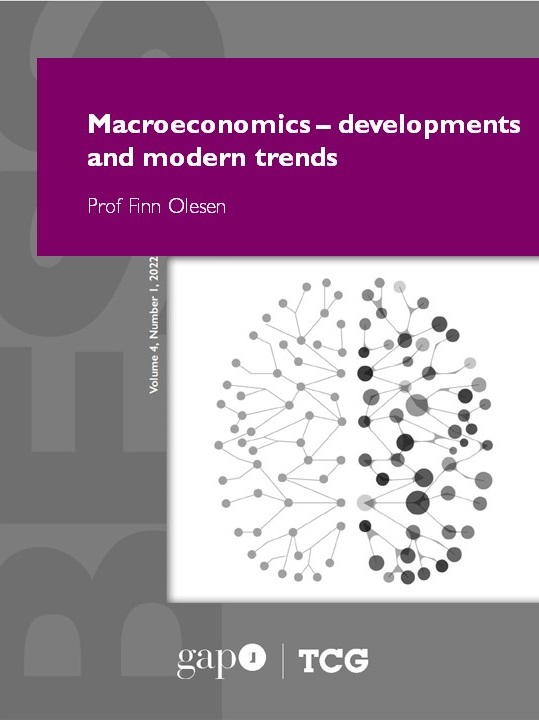Macroeconomics – developments and modern trends
DOI:
https://doi.org/10.54337/ojs.bess.v4i1.7296Keywords:
Keynes, Neoclassical Synthesis, Milton Friedman, RBC, New Keynesianism, New Neoclassical Synthesis, Post-Keynesianism, Behavioural EconomicsAbstract
Ever since the publication of Keynes’ The General Theory in 1936, both the theoretical and methodological content of macroeconomics, and the role of economic policy, have seen continued change. In contemporary times, macroeconomics is dominated by the New Neoclassical Synthesis (NNS) and the dynamic stochastic general equilibrium (DSGE) models. However, since the Great Recession, the modern mainstream has been increasingly exposed to criticism from various alternatives of a more heterodox nature. The aims of this article are threefold. First, to give a selected presentation on the development of modern macroeconomics. Second, to address why and how the NNS has become the dominant (and, for most mainstreamers, the only) way of analysing macroeconomic phenomena. Third, to present two alternatives to the mainstream that might challenge the future dominance of this thinking.

Additional Files
Published
Issue
Section
License
Copyright (c) 2022 Prof Finn Olesen

This work is licensed under a Creative Commons Attribution-NonCommercial-NoDerivatives 3.0 Unported License.
This journal provides immediate open access to its content on the principle that making research freely available to the public supports a greater global exchange of knowledge.
Articles published in BESS follow the license Creative Commons Attribution-NonCommercial-NoDerivs 3.0 Unported (CC BY-NC-ND 3.0)
Authors retain copyright and grant the journal right of first publication with the work simultaneously licensed under a Creative Commons Attribution License: Attribution - NonCommercial - NoDerivs (by-nc-nd).
Further information about Creative Commons




